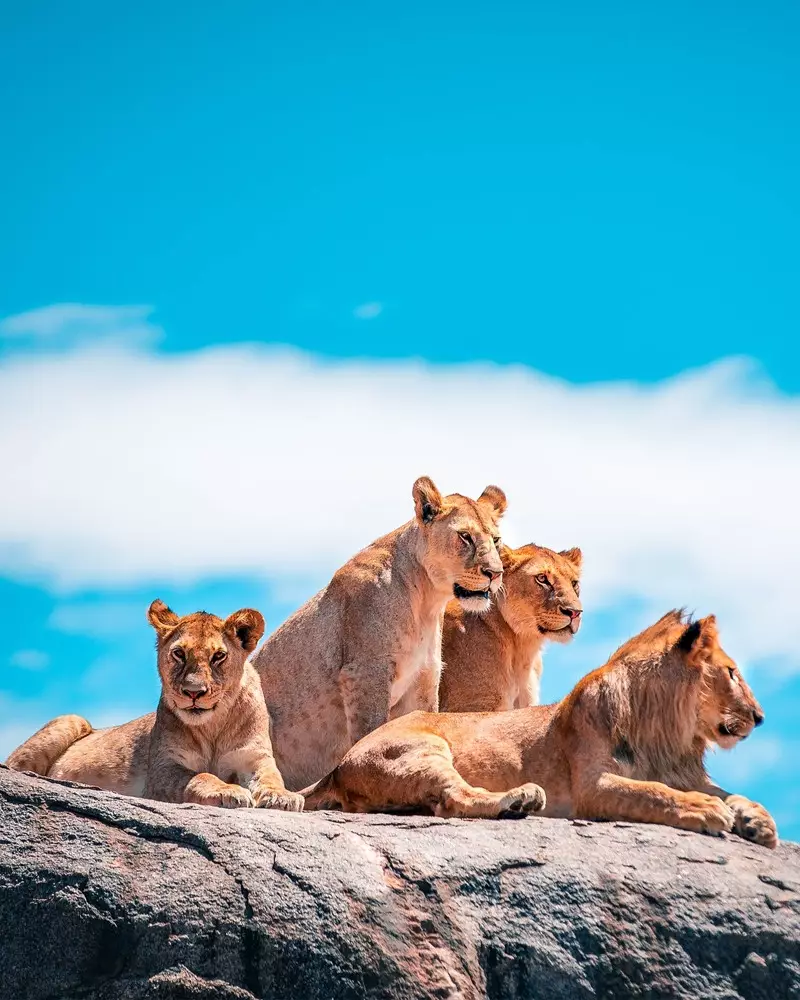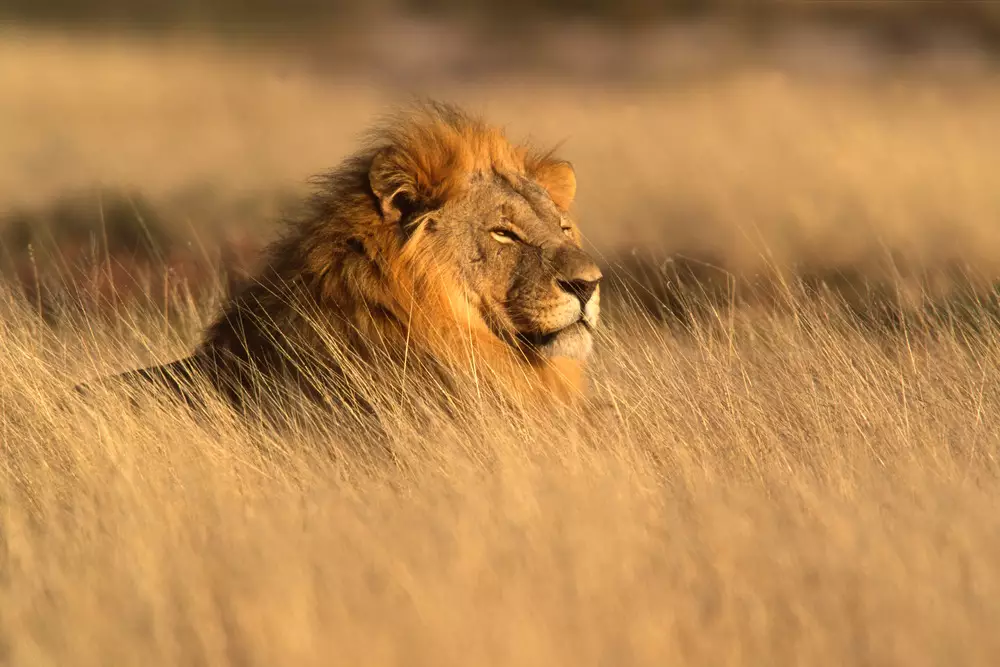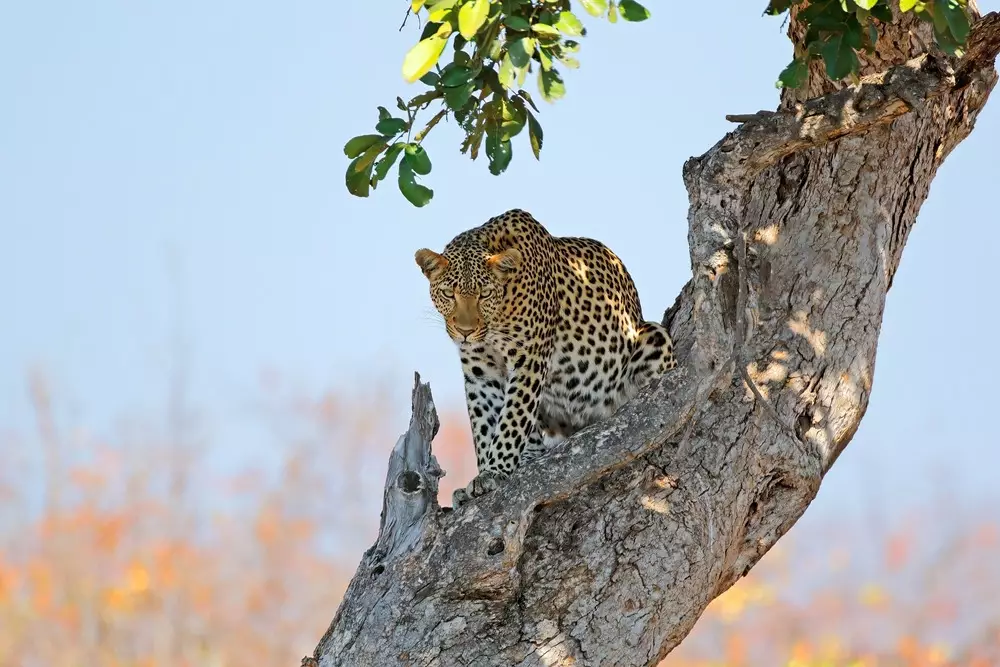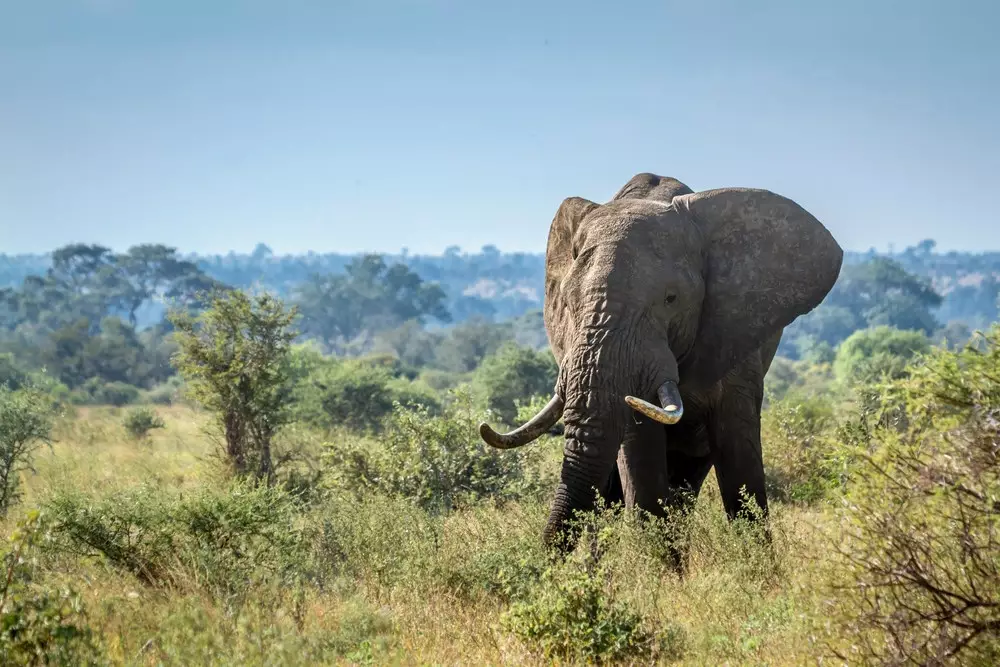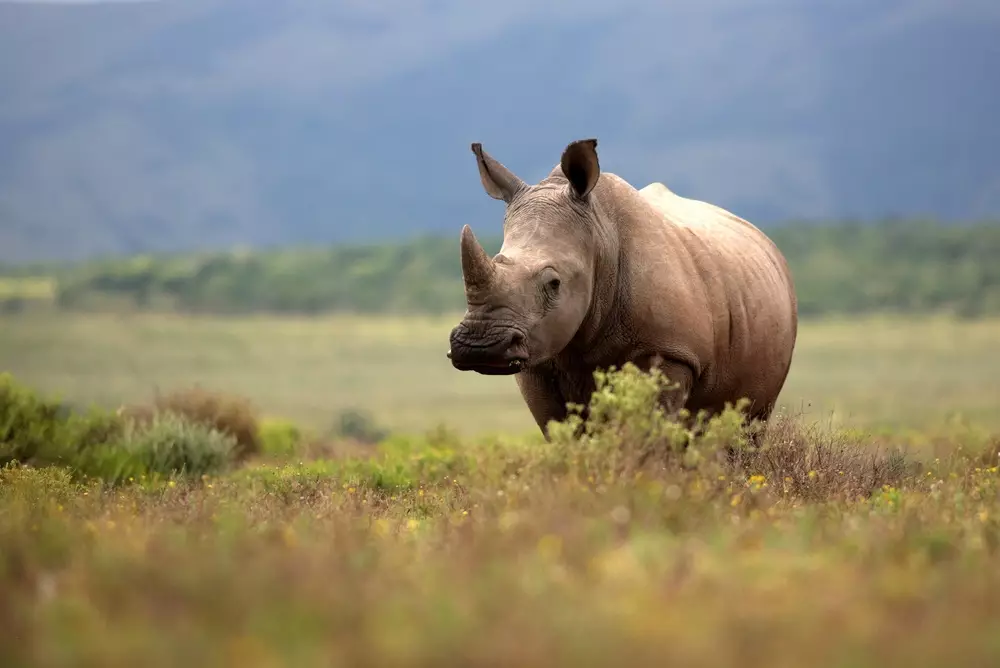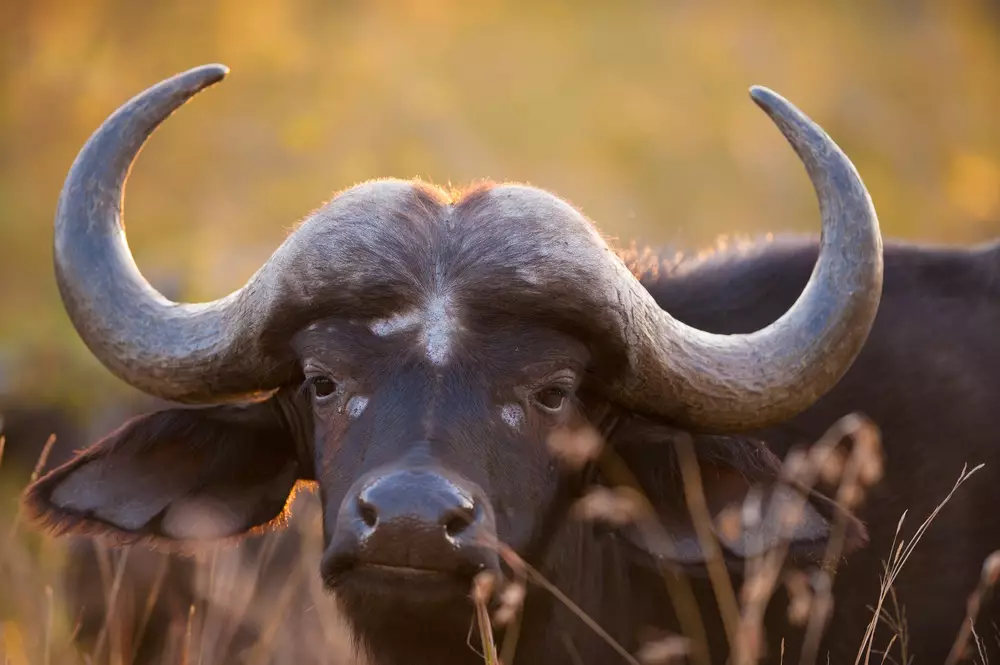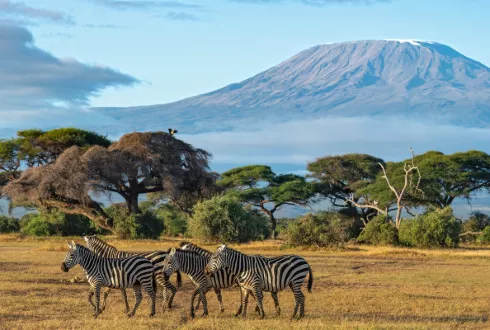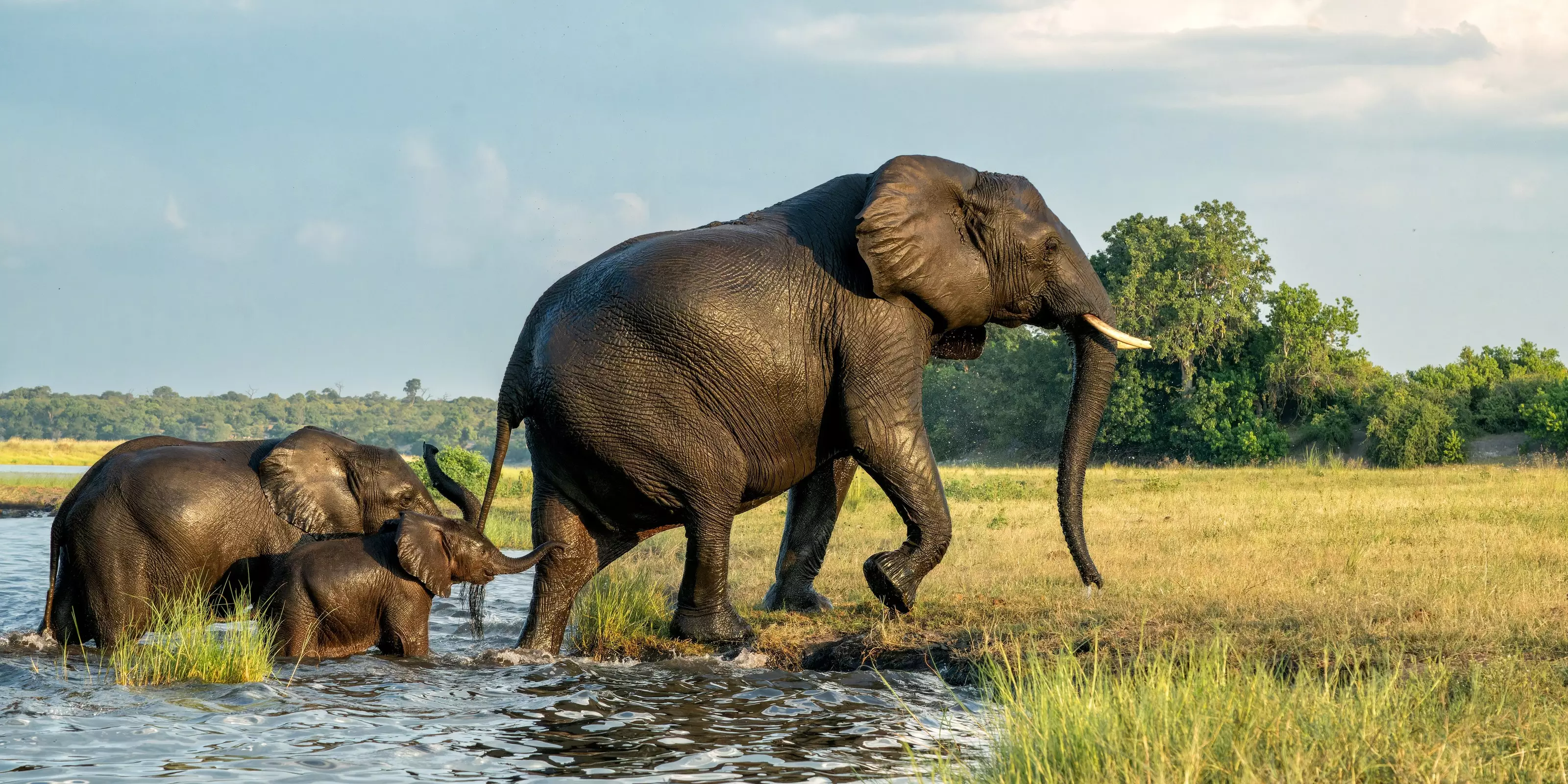We are open 7 days a week from 2 January View our opening hours
The Award-Winning Tour Specialist
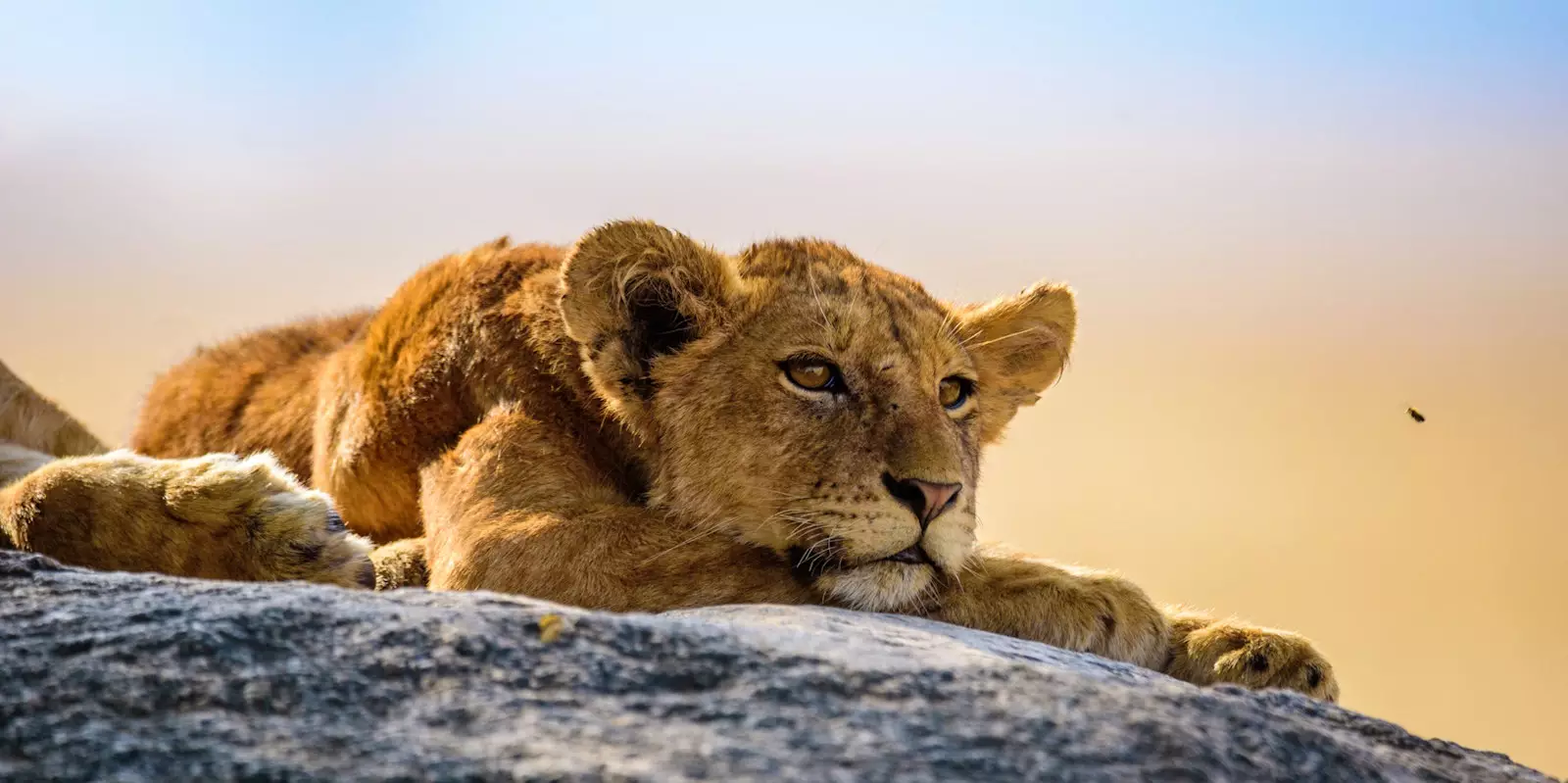
Big Five Safari Holidays with Wendy Wu Tours
Inclusive of Tour & Flights
Inclusive of Tour & Flights
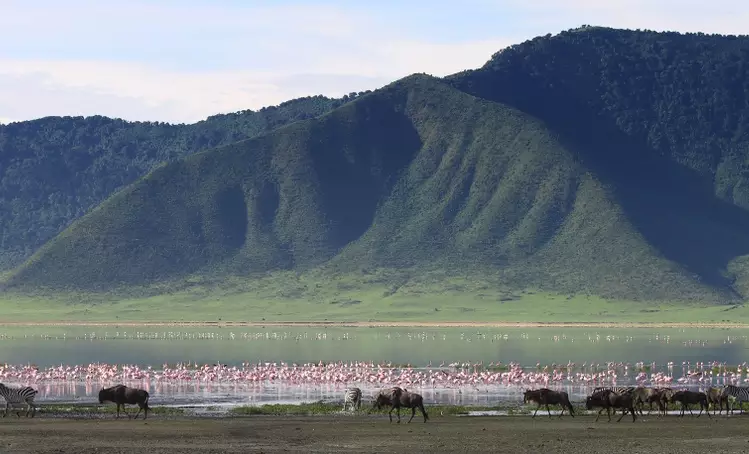
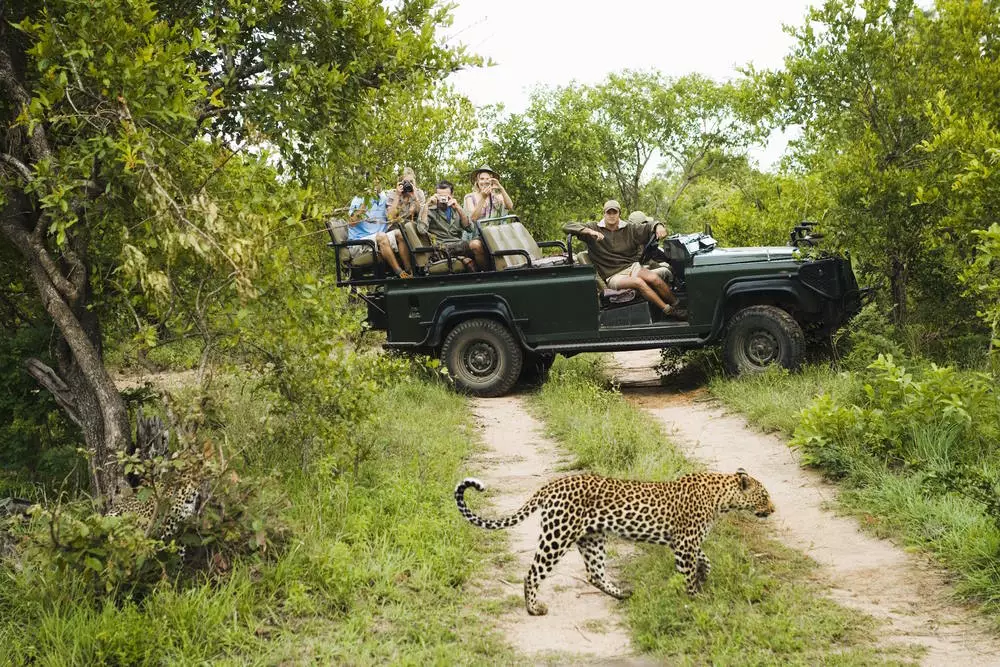
Wendy Wu Tours offers tours that include Kruger National Park, the Serengeti and Maasai Mara, Ngorongoro Crater and Chobe National Park for spectacular safari experiences.
You can see those tours above.
